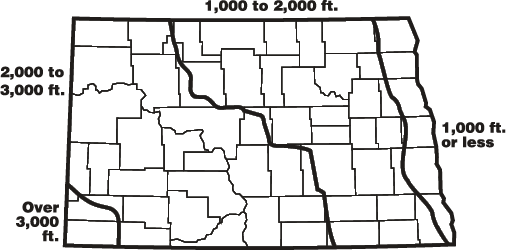Wash the jars. Prepare lids according to manufacturer’s instructions. Fill hot tomato products into the jars. Remove air bubbles by inserting a flat plastic spatula between the food and the jar. Wipe the sealing edge of the jars with a clean, damp paper towel. Add the lids and tighten the screw bands. Process the jars in a boiling water-bath or pressure canner as directed. Salt may be added if desired. In tomatoes and tomato products, salt seasons the food, but it is not necessary to ensure safety.
To process in a boiling water-bath canner, fill the canner halfway with water and preheat to 180 degrees Fahrenheit for hot packs or 140 F for raw packs. Load sealed jars onto the canner rack and lower with the handles or load one jar at a time with a jar lifter onto the rack in the canner. Add water, if needed, to a level of 1 inch above the jars. Cover the canner. Turn the heat to high and bring the water to a boil. When the water boils vigorously, lower the heat to maintain a gentle boil and process the jars for the time given in Table 1.
To process in a pressure canner, place the jar rack, at least 2 inches of water and the sealed jars in the canner. Fasten the lid and heat the canner on a high setting. After steam exhausts 10 minutes, add a weighted gauge or close the petcock to pressurize the canner. Start timing the recommended process when the desired pressure is reached. Regulate the heat to maintain a uniform pressure and process the product for the time given in Table 2. For more information on the use of the pressure canner, see FN-173, “Home Canning Low-acid Vegetables.”
When processing is complete, remove the canner from the heat. Air-cool the canner until it is fully depressurized. Slowly remove the weighted gauge or open the petcock, wait two more minutes, and unfasten and carefully remove the canner lid. After processing is completed, remove the jars from the canner with a jar lifter and place them on a towel or rack. Do not retighten the screw bands.
Air-cool jars 12 to 24 hours. Remove the screw bands and check the lid seals. If the center of the lid is indented, wash, dry, label and store the jars in a clean, cool, dark place. If the lid is unsealed, examine and replace the jar if it is defective, use new lids and reprocess as before. Wash the screw bands and store them separately. Tomato products are best if eaten within one year and are safe as long as the lids remain vacuum sealed.

